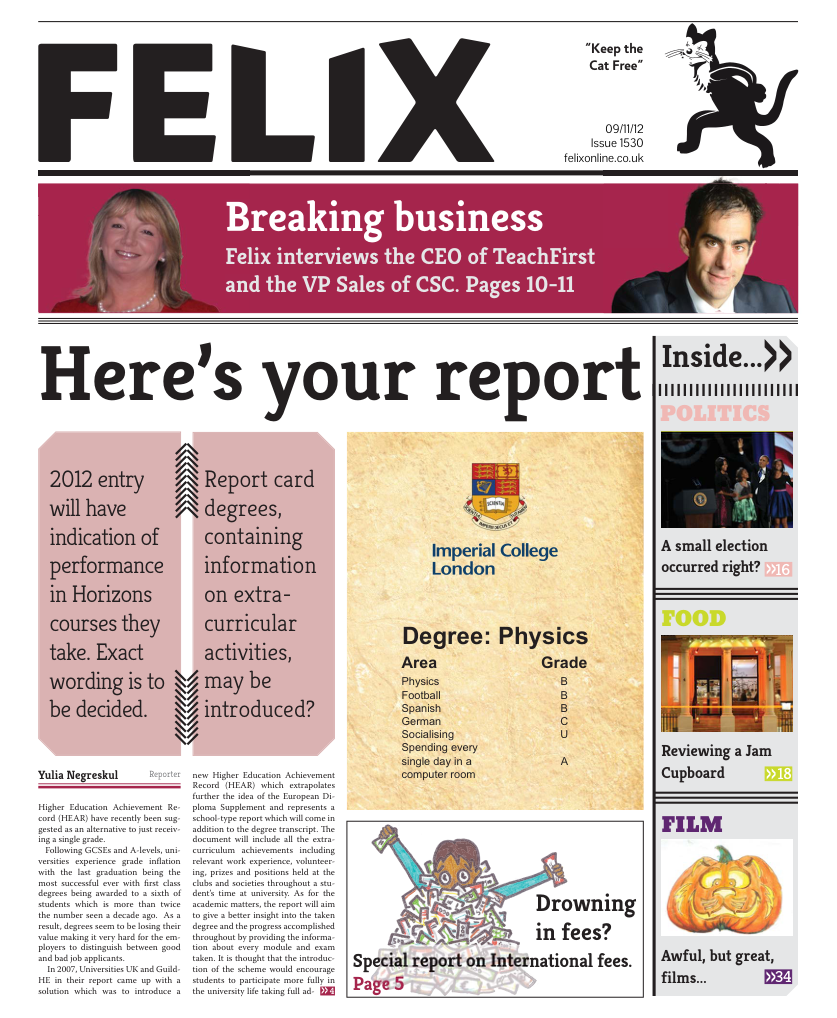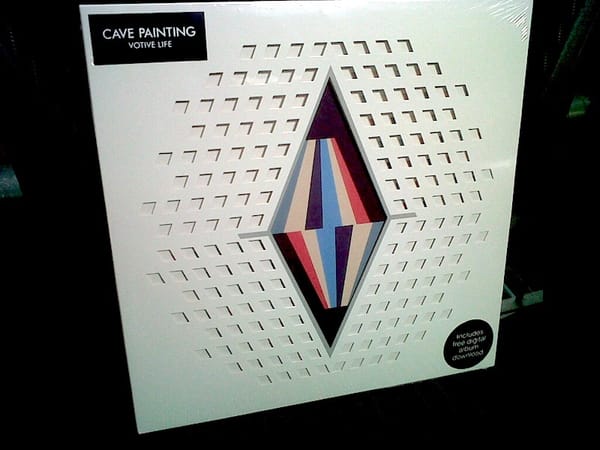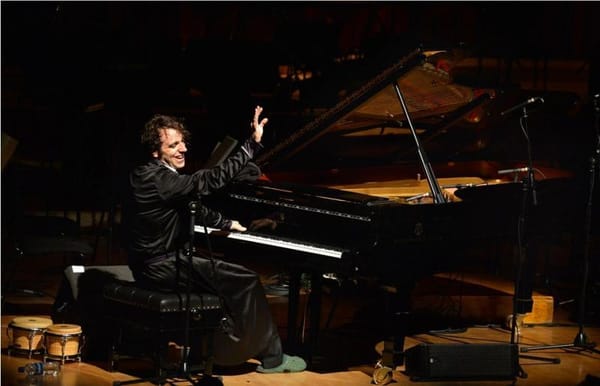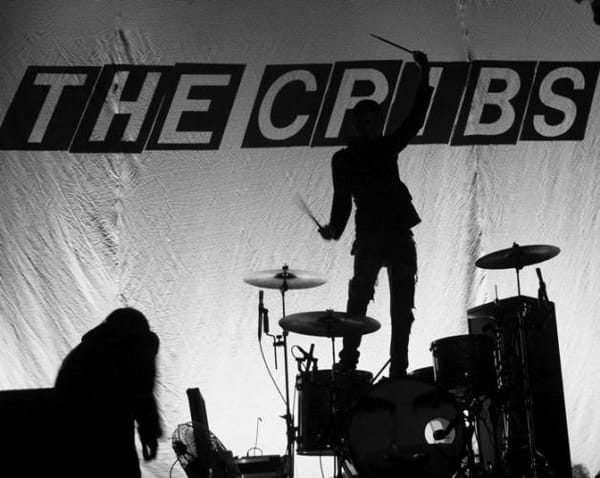You Don’t Have To Call It Music #5
avant-garde America
or: ears make music too, you know?
Following France and Germany, the third post-war musical revolution took place in North America. Unlike the preceding movements – concrète and elektronische – the American vanguard did not gather in a single studio. Instead its ranks converged primarily on two tendencies – minimalism and tape music. Where the Europeans had arguably derived their creative manifestos from cultural customs – the Gallic love of life turning its ears to the world, the Germanic fervor for exactitude inventing electronic machines to surpass earthly airs – the American philosophy perhaps evidenced the metaphysical grounds which built their nation.
The ethereal quality of the American spirit translated subconsciously to its musical experiments in the ‘50s and ‘60s, almost as if to herald the heady days that led to Woodstock. The music was as visceral as it was cerebral, contrasting with the predominantly intellectual exhibitions of Europe. Its power somewhat akin to the expressionist paintings of Rothko, attempting to capture an emotion rather than an explicit scene or purpose; the cultivation of an internal presence instead of a dissociated observation, reappropriating the “few cubic centimetres inside your skull.”
Perhaps the most revolutionary thinker and composer of the movement was John Cage. His most famous piece 4’33’’ is four minutes and thiry-three seconds of silence, the point being to lend your ears to the sounds around you. Other times he used cacti or radios as sound sources, or played with the speed of tape and vinyl players. One of his most favourite tools must have been the stopwatch, which he used extensively to direct performers based on randomly generated time durations. Truly, his body of work and influence on experimental music and its conceptions ever since are monumentous. Indeed far too much to include in this column. As it is his centenary this year, I have gifted him with his very own feature, which you’ll find here.
Steve Reich and Phillip Glass are two of the most popular composers of minimalist music. Their works lack the tedious complexity of concrète and elektronische, opting instead for the primacy of focus. Superimposed melodies and harmonic counter-points submerge the listener beneath alternating currents of sound. Glass used polyrhythm and repetition to great effect in his score for Reggio’s Qatsi film trilogy, where the role and behaviour of humanity in the world is put into question.
Maryanne Amacher was a more controversial practitioner of the minimalist tradition. One of her last recordings, Sound Characters (Making the Third Ear) exploited interference patterns to produce otoacoustic emissions – sounds generated by the inner ear which may be heard externally. The piece is eerie but entrancing. Unknowingly falling off the cliff of liminality, finding oneself surrounded by endless permutations of a few notes changing place, moving around the room as you move with it. A scape so simple your brain has to fill in the gaps.
Another intriguing proponent of the minimalist persuasion was the mystical La Monte Young. With Marian Zazeela, he founded the Dream Syndicate, a group dedicated to interminable, spiritualized improvisation. Though he never considered the piece finished, his solo performances of The Well-Tuned Piano last around 5 hours.
The concrète school’s ever-refined observations of sound itself, wore particularly strongly on one Curtis Roads. Literally magnifying their percepetual philosophy, he developed granular synthesis: composition through microsounds. Microsounds are microsecond-order samples that reveal the instantaneous characteristics of a recording. By applying a stochastic replay of various cuts in a longer recording, one can achieve the effect of stretching the sound to virtually any length of time without shifting the pitch as occurs when slowing down vinyl. However, the fun really begins when the cuts are played back out of order.
Another contributing factor to the diversity of the Americans’ recorded output was the variety of studios involved. Instead of being provided by radio and television networks, as the RTF had done in Paris or the WDR in Cologne, universities across the country were supplying their resources. Some of the most influential studios were built in Princeton, Urbana-Champaign in Illinois and Harvard. The CCRMA (Center for Computer Research in Music and Acoustics) in Stanford is now home to the public favourite mobile phone orchestra, MoPhO. In Bell Labs, Max Matthews and Miller Puckette developed the widely used graphic audio programming software Max/MSP, before it was usurped by the IRCAM (Institut de Recherche et Coordination Acoustique/Musique) in Paris.
Some remarkable individuals built their very own synthesizers in order to realize their visions. Raymond Scott, whose music was posthumously employed by Warner Bros in Looney Tunes and Merrie Melodies - and whose Lightworks tune was sampled by the late hip-hop legend J Dilla -, spent close to a million dollars developing his Electronium. David Tudor, with the help of a magical chip from Intel, designed a synthesizer whose circuits were based on neural networks
Nowadays, North America is home to the world’s richest experimental scenes, the ‘noise’ underground. Their exploits continue to collapse and rebuild perennial musical traditions, blowing speakers and shaking ear drums.









